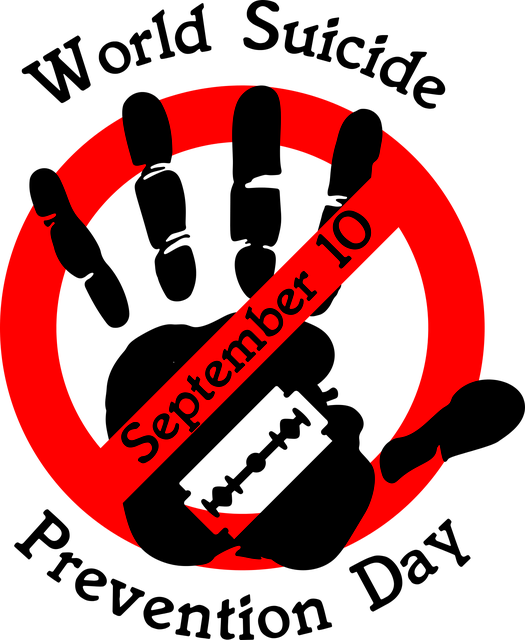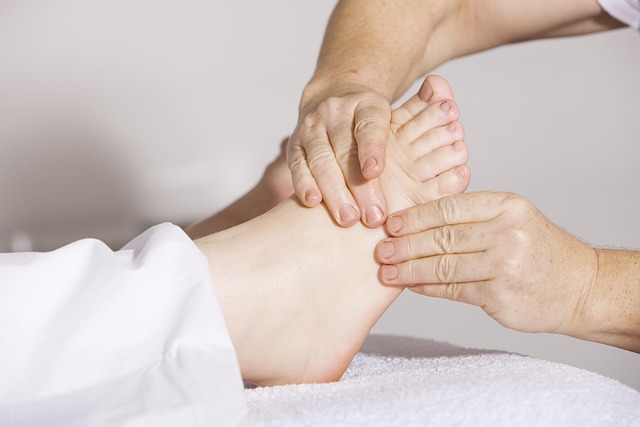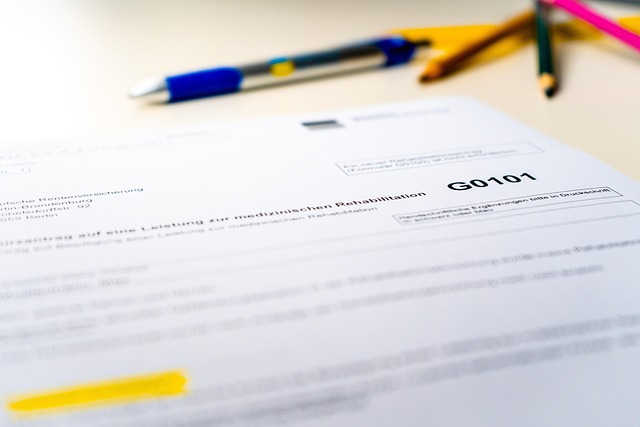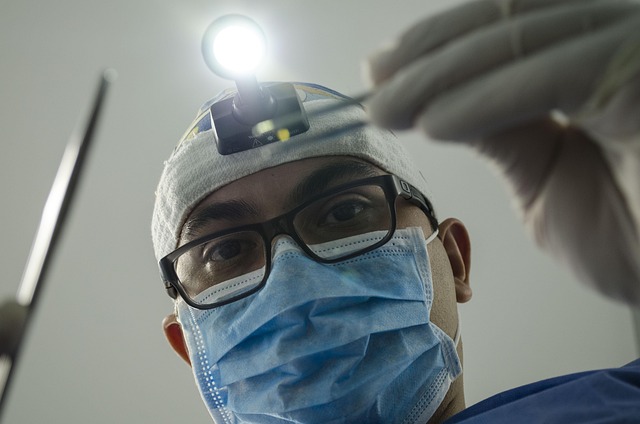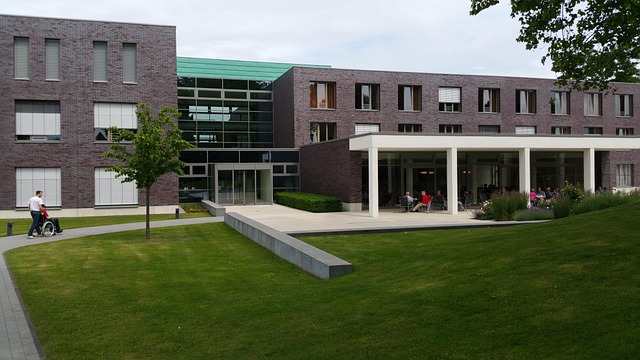Fair Lawn residents battling opioid use disorder (OUD) have access to Medication-Assisted Treatment (MAT), an effective, evidence-based strategy combining medication and counseling. Specialized programs using medications like methadone, buprenorphine, and naltrexone target physical and psychological dependencies, reducing cravings and withdrawal symptoms. Local healthcare providers, clinics, and support networks streamline access to MAT services, offering personalized treatment plans for long-term recovery in the battle against opioid addiction in Fair Lawn.
Fair Lawn residents struggling with opioid use disorder (OUD) have access to effective medication-assisted treatment (MAT) and opioid recovery programs. This comprehensive approach combines behavioral therapy with medications like methadone, buprenorphine, and naltrexone to manage cravings and support long-term recovery. In this article, we explore the benefits of MAT in Fair Lawn’s opioid recovery efforts, discuss the types of medications available, and provide guidance on accessing these life-changing services within the community.
- Understanding Medication-Assisted Treatment (MAT) for Opioid Use Disorder
- Benefits of MAT in Fair Lawn's Opioid Recovery Programs
- Types of Medications Used in MAT and Their Roles
- Accessing and Navigating MAT Services in Fair Lawn Community
Understanding Medication-Assisted Treatment (MAT) for Opioid Use Disorder
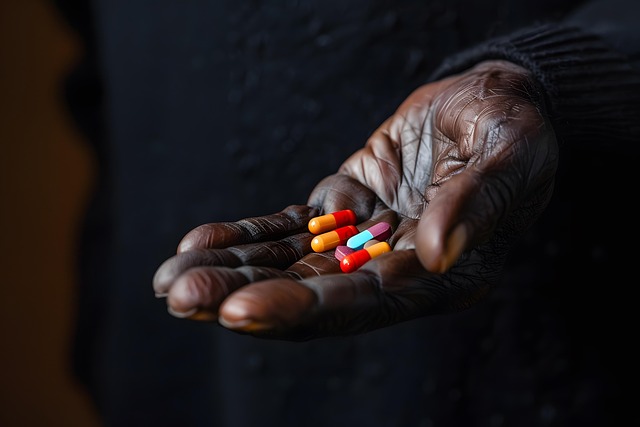
Medication-Assisted Treatment (MAT) plays a pivotal role in helping Fair Lawn residents navigate their journey towards overcoming opioid use disorder (OUD). This evidence-based approach combines counseling and behavioral therapy with prescribed medications to manage symptoms of withdrawal, reduce cravings, and prevent relapse. MAT is particularly effective for individuals struggling with long-term opioid addiction, offering a safe and supervised path to recovery.
By addressing the physical aspects of addiction, MAT allows individuals to focus on the psychological components of their struggle. This dual approach ensures that Fair Lawn residents receive comprehensive care tailored to their unique needs. With access to specialized programs designed for opioid addiction treatment, many have found success in reclaiming their lives, demonstrating the transformative potential of medication assisted treatment.
Benefits of MAT in Fair Lawn's Opioid Recovery Programs
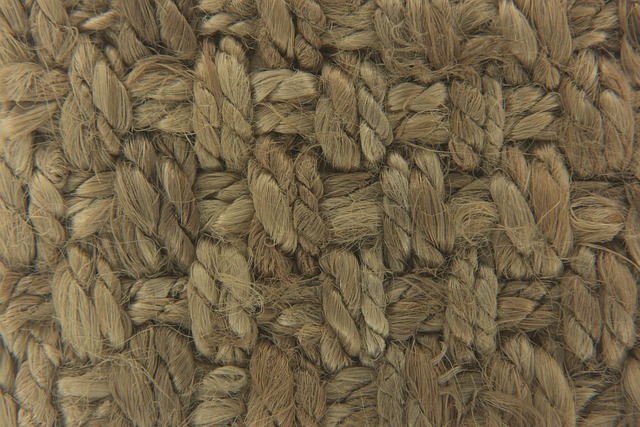
Fair Lawn’s opioid recovery programs have found a powerful ally in Medication-Assisted Treatment (MAT). This evidence-based approach has proven to be a game-changer in managing opioid addiction, offering Fair Lawn residents a more effective path to long-term recovery. By combining medications with behavioral therapies, these programs address both the physical and psychological aspects of opioid dependence.
The benefits are significant. MAT reduces cravings and withdrawal symptoms, making it easier for individuals to stay on track during their journey to sobriety. It also lowers the risk of relapse, a common challenge in traditional treatment methods. With access to these specialized programs, Fair Lawn residents can now receive comprehensive care tailored to their unique needs, ultimately improving their chances of overcoming opioid addiction and building a healthier future.
Types of Medications Used in MAT and Their Roles

In Fair Lawn opioid treatment programs, Medication-Assisted Treatment (MAT) plays a pivotal role in helping residents manage opioid addiction effectively. The medications used in MAT are carefully selected based on their ability to alleviate withdrawal symptoms and reduce cravings while providing a safe environment for recovery. Common types include methadone, buprenorphine, and naltrexone, each with distinct properties and applications. Methadone, for instance, has been long-used to stabilize opioid users by mimicking the effects of opioids without causing the same level of impairment, thereby reducing withdrawal symptoms and cravings significantly.
Buprenorphine, another staple in MAT, offers a longer duration of action than methadone while producing lower levels of euphoria, making it an effective tool in managing opioid addiction over time. Naltrexone stands out for its role in blocking the effects of opioids on the brain, helping individuals stay sober by eliminating the pleasure associated with using opioids. These medications, when combined with counseling and behavioral therapies, create a comprehensive approach to opioid addiction treatment (MAT) tailored to meet individual needs, promoting long-term recovery for Fair Lawn residents.
Accessing and Navigating MAT Services in Fair Lawn Community
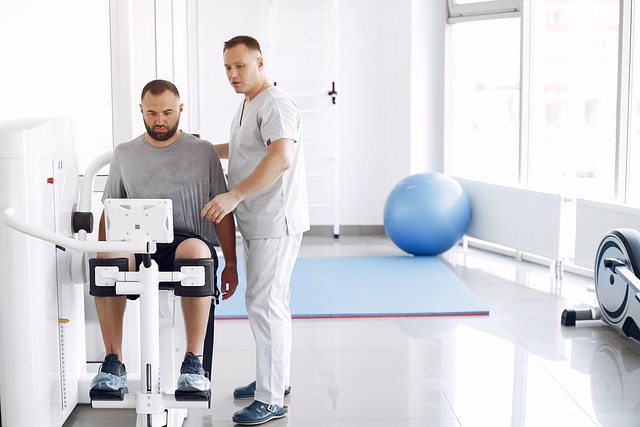
In Fair Lawn, accessing opioid medication-assisted treatment (MAT) services is a vital step toward recovery for those struggling with opioid addiction. The community offers several resources designed to make this process as seamless as possible. Local healthcare providers and specialized clinics are equipped to offer MAT programs, which combine medications like methadone or buprenorphine with counseling and behavioral therapies. These comprehensive services aim to ease withdrawal symptoms, reduce cravings, and prevent relapse.
Navigating these options can be straightforward through local support networks and community resources. Fair Lawn residents can reach out to area hospitals, mental health centers, or non-profit organizations dedicated to substance use disorder treatment. These entities often provide guidance on available MAT programs, ensuring individuals receive the appropriate care tailored to their unique needs. With the right support, Fair Lawn residents can access effective opioid addiction treatment and embark on a path to long-term recovery.
For Fair Lawn residents seeking recovery from opioid use disorder, medication-assisted treatment (MAT) offers a life-changing path forward. By leveraging evidence-based medications alongside counseling, MAT programs have proven highly effective in helping individuals overcome addiction and build sustainable lives free from opioids. With accessible services tailored to the community, Fair Lawn now provides robust support for those ready to embrace opioid recovery, offering hope and a promising future for a healthier, happier tomorrow.

